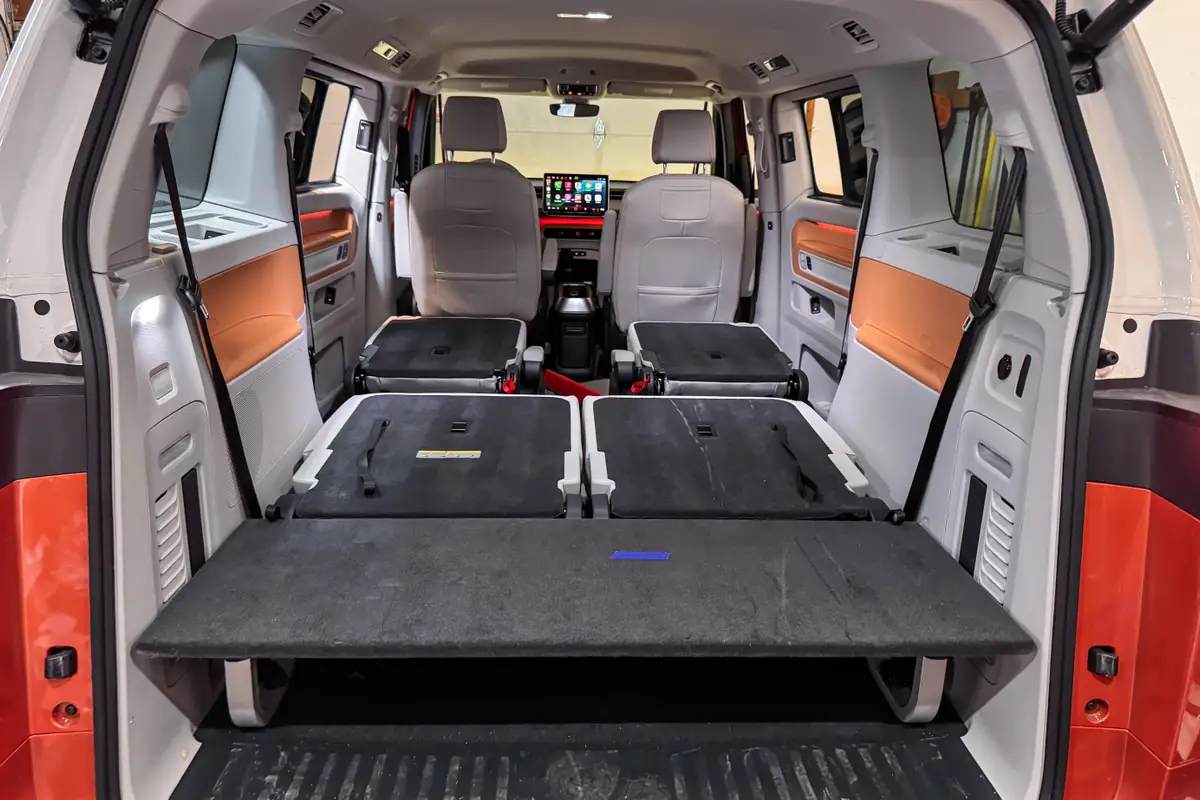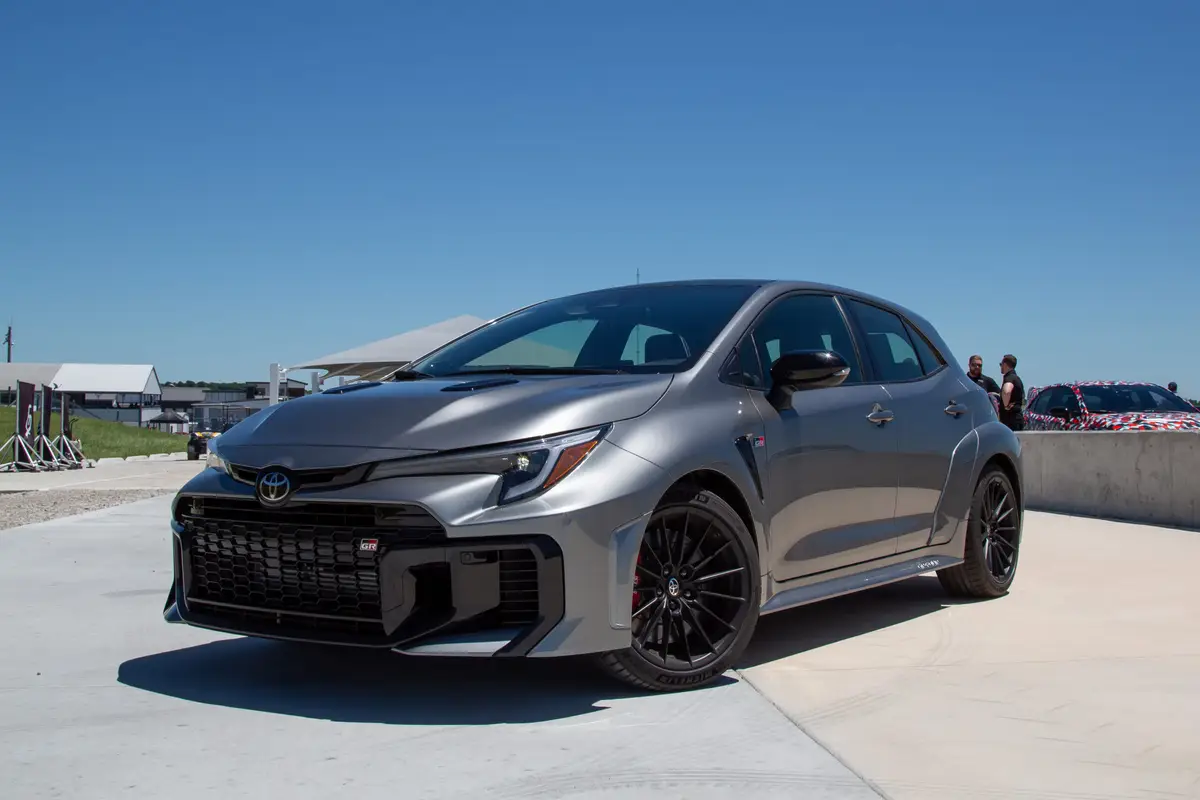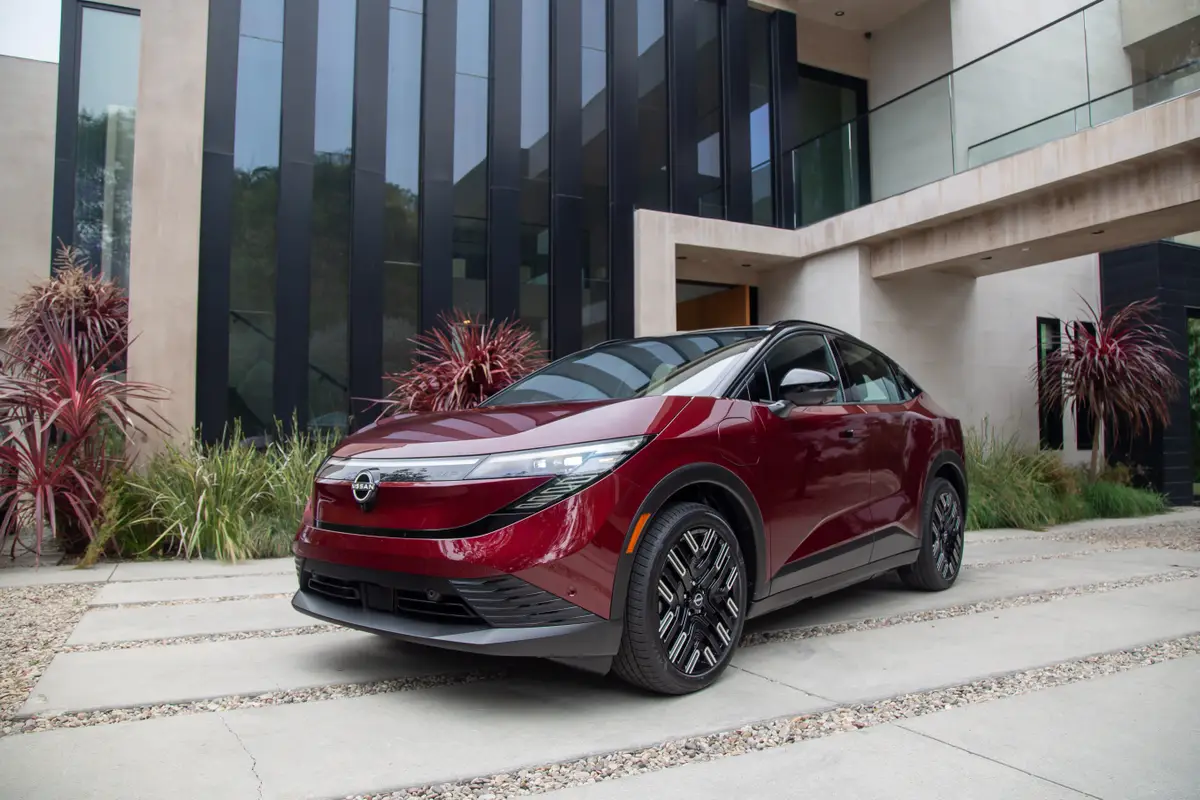State of the EV: Lessons Learned Road-Tripping a 2024 Kia EV9

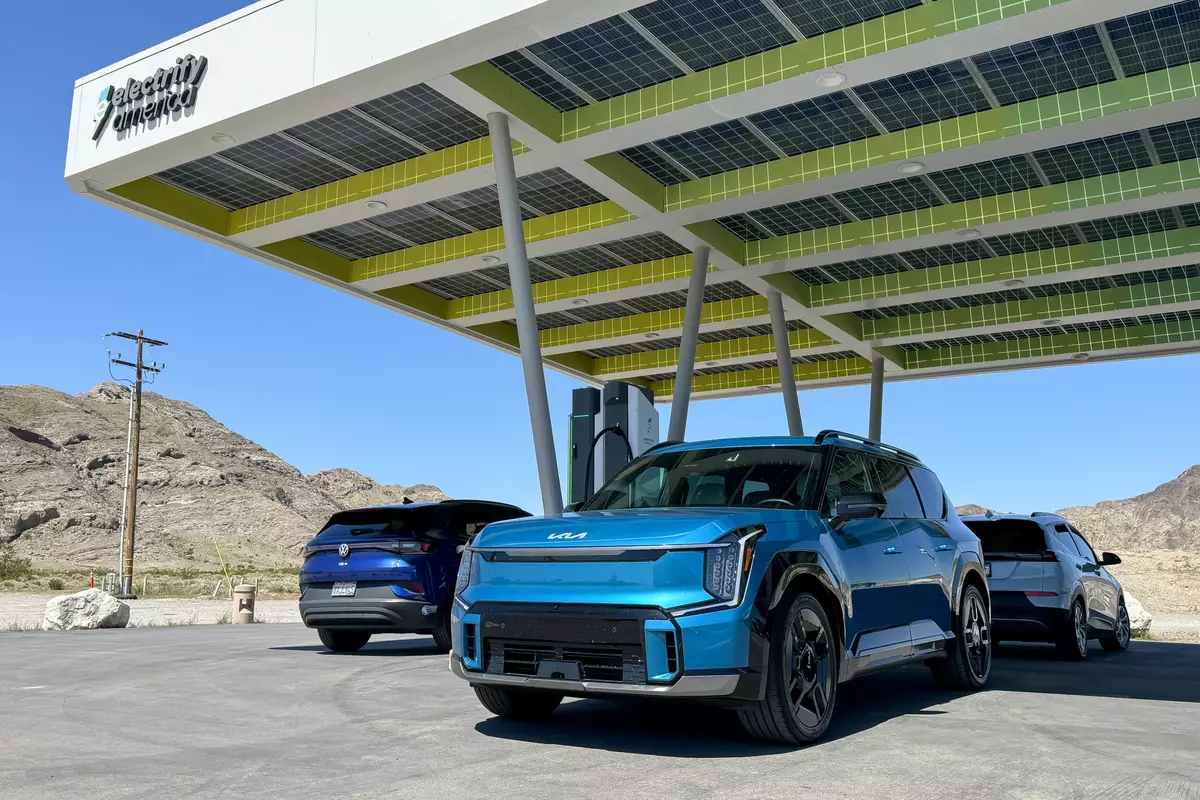
EV this, electrify that — there’s a lot of chatter about electric vehicles right now, and for good reason. According to some, we’re on the precipice of a revolution, with the EV snowball turning into an avalanche any day now. Opposing voices claim it’s all a forced agenda and an EV absolutely, positively cannot ever fully take the place of good ol’ internal combustion. My take? I’m a centrist. I see the value, appeal and future of the EV, but I’m not entirely convinced we’re about to plug in wholesale — a little of column A, a smidge of column B.
At the same time, my EV exposure is mostly limited to controlled environments where I’m usually not on the hook for anything other than a round-trip cruise that at worst knocks the battery down to the one-third mark. And since I live in the EV playground that is Los Angeles, topping up any electric test car is hardly a struggle.
Related: We Bought a 2024 Kia EV9
In the pursuit of experience, I drove a 2024 Kia EV9 GT-Line to a surprise Las Vegas bachelor party, where myself and four other close buds celebrated one of the group member’s approaching nuptials. Here’s some lessons learned about the now and future of our electric timeline.
- ${price_badge()}
- ${ami_badge()}
- ${battery_badge()}${ev_report_link()}
- ${hot_car_badge()}
- ${award_badge()}
- ${cpo_badge()}
${price_badge_description}
${ami_badge_description}
The EV Battery Rating is based on this vehicle's current expected range relative to the vehicles expected range when new. ${battery_badge_text}
Certified cars are manufacturer warrantied and typically go through a rigorous multi-point inspection.
This car is likely to sell soon based on the price, features, and condition.
${award_blurb}
${award_two_blurb}
Shop the 2024 Kia EV9 near you

Plan, Plan and Plan Some More
Of course, the first step was to plan the route — or pre-pre-plan the route. Before the beautiful Ocean Blue EV9 landed curbside at my apartment, I was considering the range of the SUV — an EPA-estimated 270 miles on a full charge for the GT-Line — the distance to travel and where I was going to stop to charge along the way.
Google Maps had me hurtling 287 miles door to door through the desert on Interstate 15 — the classic L.A.-to-Vegas pipeline. This was surely the correct pick, as I had access to Electrify America stations at multiple points on the journey. I envisioned the EV9 covering a realistic 240, maybe 250 miles of range on this desert highway before needing to charge. I’ve done the drive well over 15 times at this point in a range of trucks, SUVs and supercars, and nothing particularly stood out to me with regard to obstacles or hindrances.
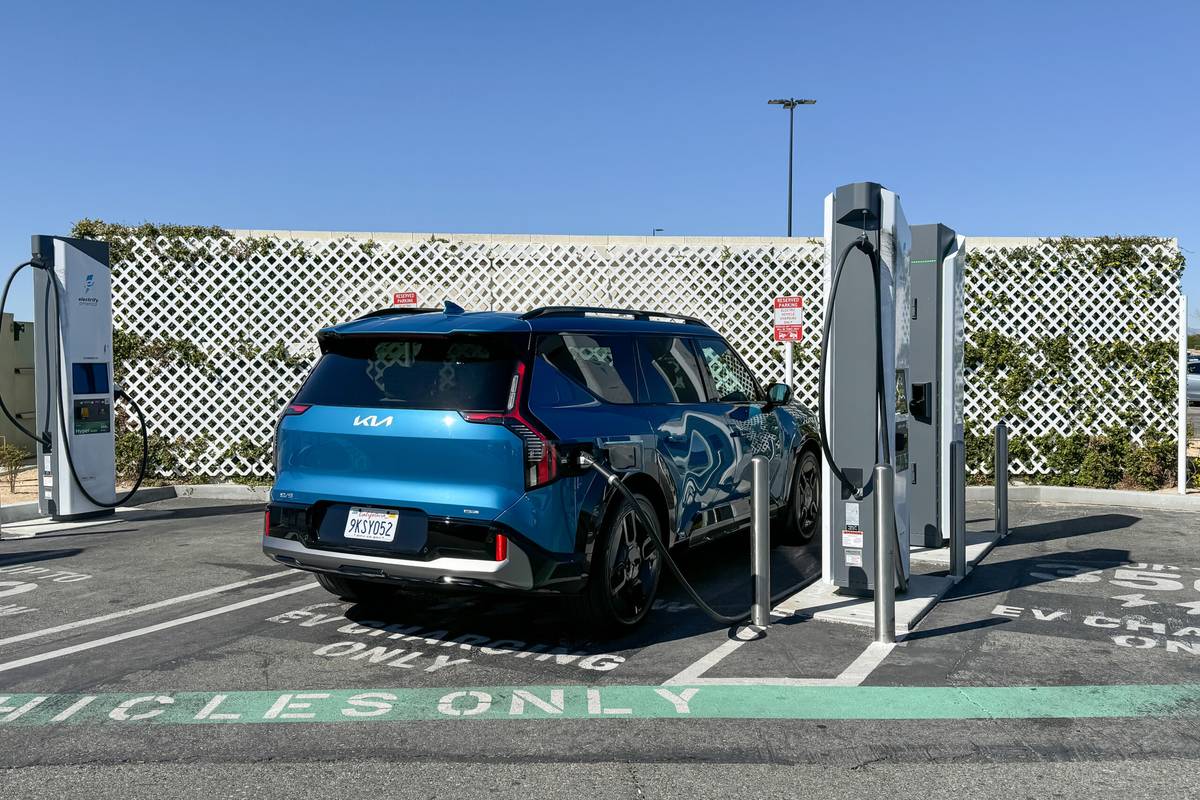
I initially planned just one charging stop in Baker, Calif., where a large-ish Electrify America station sits adjacent to a massive Tesla charging hub. Google says that’s a cool 200 miles from my apartment, and since I hypothetically had 270 miles of range to play with, I’d have more than enough cushion to top up.
Here’s what I didn’t consider: temperature, day of the week, time of day, traffic, charger availability and elevation, elevation, elevation.
Luckily, the desert is still fairly temperate in April when I traveled, so the 75-to-85-degree Fahrenheit temps weren’t a factor. We’ll get to charger availability later, but it was the surprise elevation that upended my entire plan. Thinking back, truckin’ through the infamous Cajon Pass just outside of the L.A. Metroplex was, of course, a nonissue in gas cars. Further elevation gains along the route were almost unnoticeable in all of my trips, leading to that being a massive blind spot in my planning.
According to Flattest Route, the elevation gain on this I-15 route is an impressive 4,546 feet. Thus, I exited the Cajon Pass having used roughly 150 miles of range to go around 100 — not good. As an avowed neurotic, I already had a contingency plan in place, so I stopped for my first charge in Hesperia, Calif., where Google says there are 15 “very fast” DC fast chargers with four “super-fast” chargers available in a Walmart parking lot. I was back on the road in short order, still headed toward Baker, just in case.
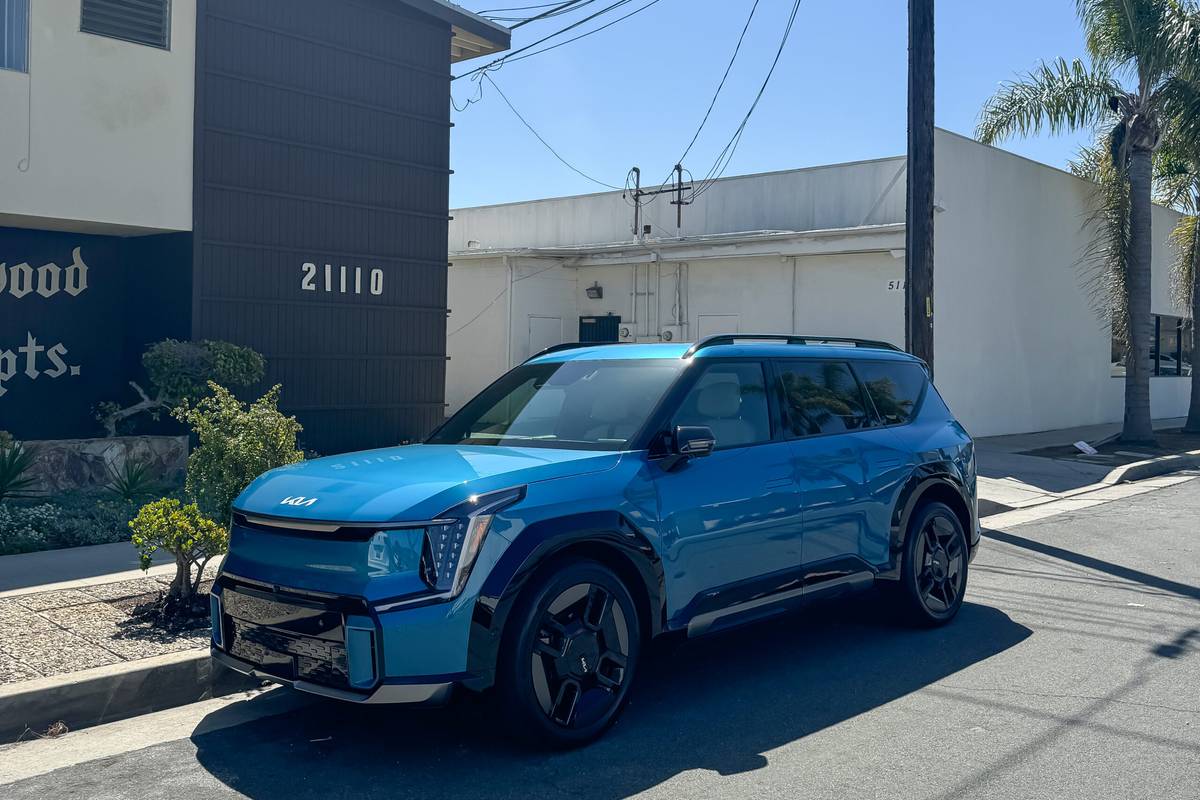
The stretch of I-15 between Hesperia and Vegas sees 3,793 feet of elevation gain, and the nearly 3-ton EV9 drank deeply in the process. Stopping in Baker for another charge was a necessity, not an option, as I would have allegedly rolled into the valet area with around 20 miles left — and that’s if the route was as flat as Florida, which it wasn’t.
Charging Challenges
All of this planning and the contingencies were predicated on the assumption that the charge stations were both functioning and available at the time of my arrival. At least with Electrify America, that’s not always a safe bet. Factor in that the L.A.-to-L.V. journey on I-15 is a popular one for EV owners, and this will present problems during peak hours.
I left L.A. on a Thursday morning, so I had no problems plugging in at Hesperia or Baker. I was also rather lucky these first times, as both of my first-pick chargers were functional. Charging on this first trip was a breeze and paralleled my experience with EA in LA.
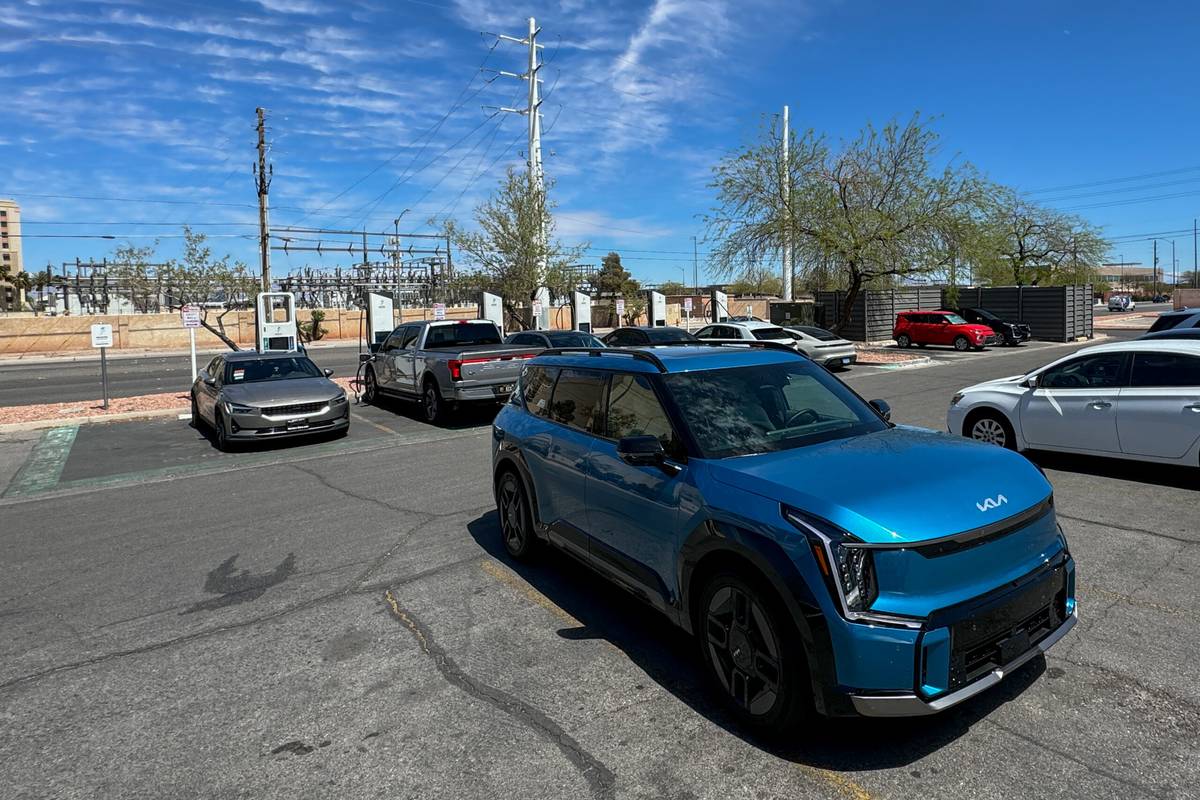
I set my return trip for Sunday, where I anticipated both traffic and charger congestion based on prior route experience. I was correct on both parts, but it was the environment around the EA stations that was the most frustrating. As of this writing, there is no official way to queue for the next available charger, so all EV drivers have to communicate and operate in good faith — a seemingly tall order.
The first charge in Vegas before hitting the road in earnest was the most frustrating. I arrived to find two of the eight or so chargers inoperable, with the remaining stations occupied by unattended cars. Further details aside, my 45-minute wait consisted of running point as the station’s queue attendant. There was a bigger line in Baker, but more functional chargers meant we cycled through quicker. Hesperia was the smallest of the stations I visited, and three of the chargers were down on my return trip. Reading online reports and talking to EV-savvy folks, I know this is a common issue currently dragging down all but Tesla owners.
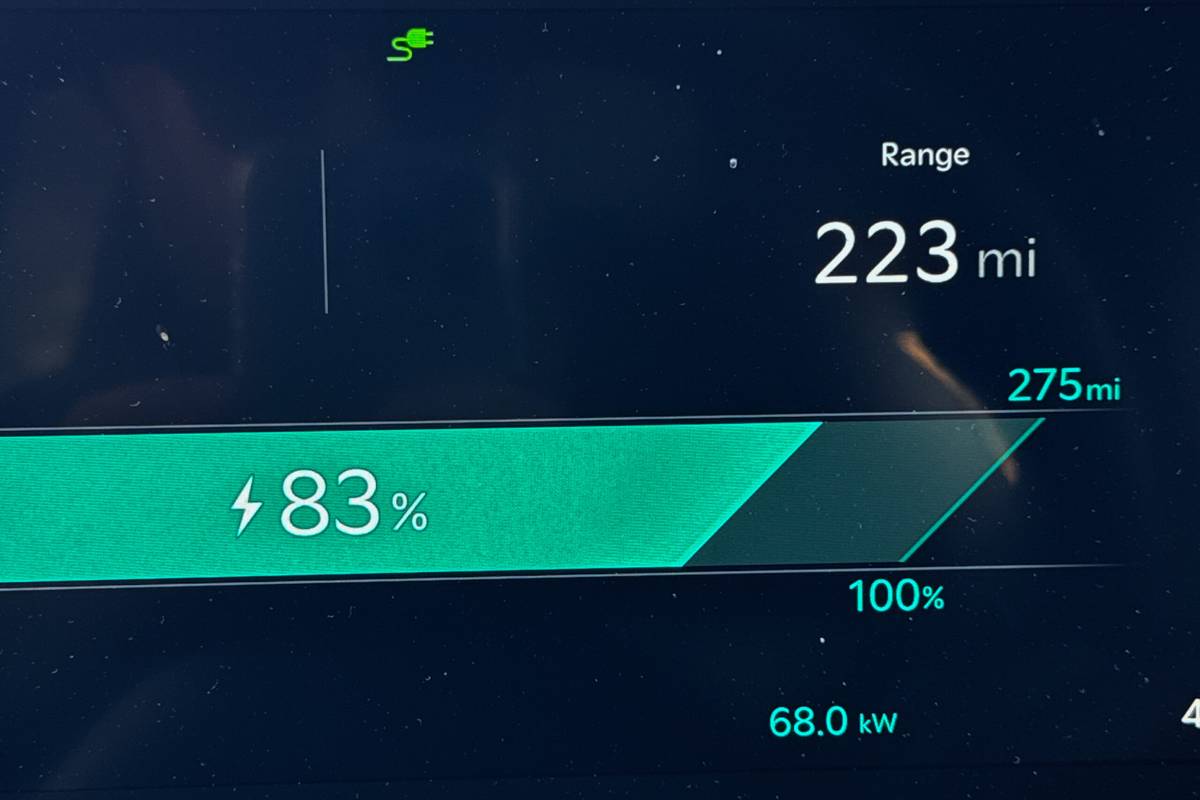
I never ran into an issue with charging speed or pricing, but it seemed like a third of all EA chargers were broken at any given point, with no maintenance worker or attendant to talk to or request service. And to be honest, the number and variety of non-Tesla EVs surprised me; I thought I’d have the run of the place, but I found myself surrounded by platoons of Hyundai Ioniq 5s, Chevrolet Bolts, Porsche Taycans, Ford Mustang Mach-Es and a shocking breadth of Mercedes’ EQ lineup. There weren’t too many Ford F-150 Lightnings, GMC Hummer EVs, BMWs or Audi E-Trons, but I was shocked at Sunday’s EV cross section. It seems to me we’re either in desperate need of a wholesale conversion to Tesla charging compatibility (something that’s underway), or we need triple the number of functional EA stations to handle peak hours.
Charging Cheers
Once I got a station, I was never frustrated with the actual act of charging. Connecting and initiating was as simple as pumping gas, and the lack of requirement of an EA account was extremely refreshing. Charging was usually done from 30% battery state, and charging time was as low as 15 minutes to right around 25 minutes for slower chargers. Charging speed peaked at just over 200 kilowatts, which is close to the EV9 GT-Line’s 210-kW maximum DC fast-charging rate, and I was only “kicked off” the Baker charger when I hit the 80% mark, where output dropped to around 6 kW. That was enough time to grab a water, go to the restroom and stretch my legs. Not bad, and an easy replacement for a gas fill-up if the aforementioned issues can be addressed.
Pricing was also totally fine, and likely a smidge less than what I’d expect to pay to fuel a gas-only three-row SUV. It cost $170 for the door-to-door drive, including a final charge in Los Angeles before my EV9 test car was picked up.
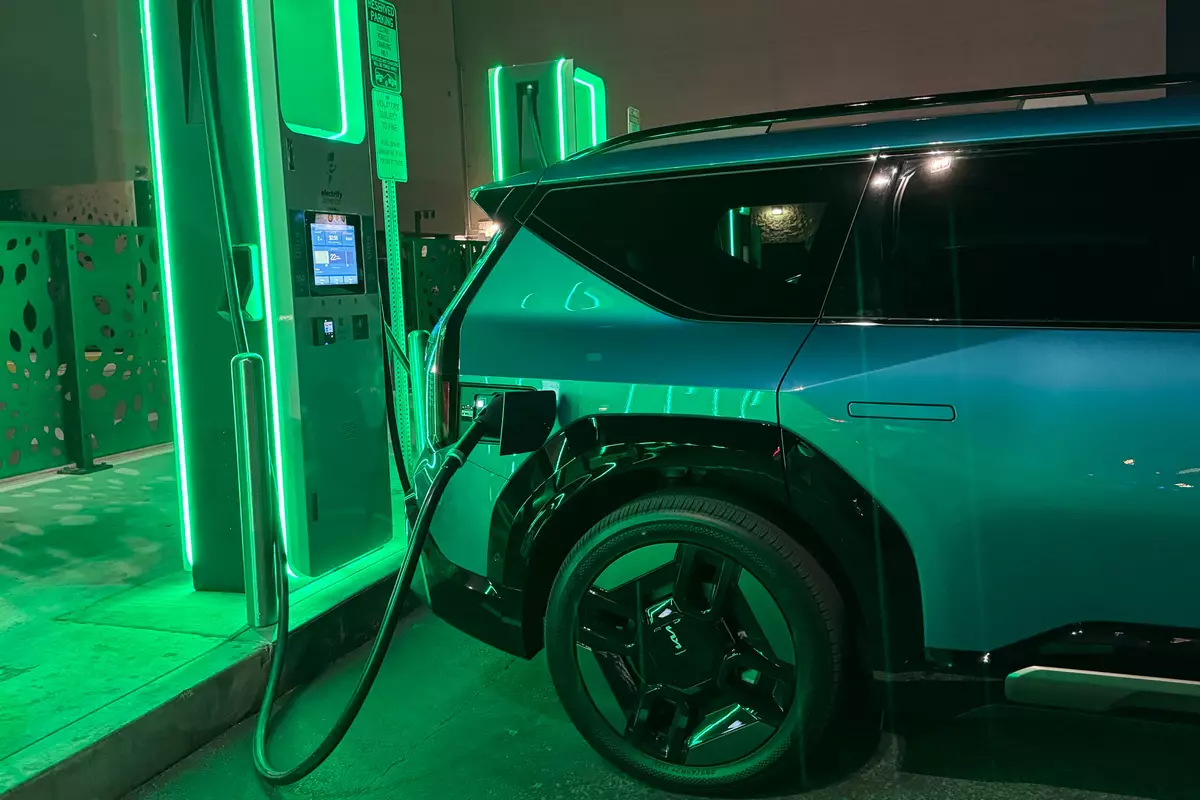
Collective EV Knowledge Is Low
Filling the EV9’s spacious interior were four other millennial dudes, all of which are reasonably high-earning and generally tech-savvy. Two of them are also automotive enthusiasts who read and watch a wide breadth of content. None of them were familiar with charging or the general EV ecosystem. They asked about range, charge cost, time and basic stuff that I know I and other automotive journalists take for common knowledge. For at least half of the group, this was the first time they had experienced regenerative braking.
Due to a tight schedule, I subjected the group to just one charging session in preparation for a longer drive outside of Vegas the next morning. At just past midnight, I found an EA station just off the strip where three of the six chargers were, you guessed it, not functional. Total charge time from around 20% to 80% took 23 minutes, and the group was mildly disquieted by the wait. The station was located in a veritable alleyway between casinos, and was both dark and unnervingly deserted aside from a pair of Uber drivers juicing up their Polestar and Chevy. Five young guys didn’t have much to worry about, but I can imagine it would have been an uncomfortable scenario for some solo travelers.
Despite all living in EV-friendly cities, none are currently interested in EV ownership. They told me that as much as they genuinely enjoyed the EV9, the prospect of fighting for public chargers and then waiting in and around the car soured them entirely.
More From Cars.com:
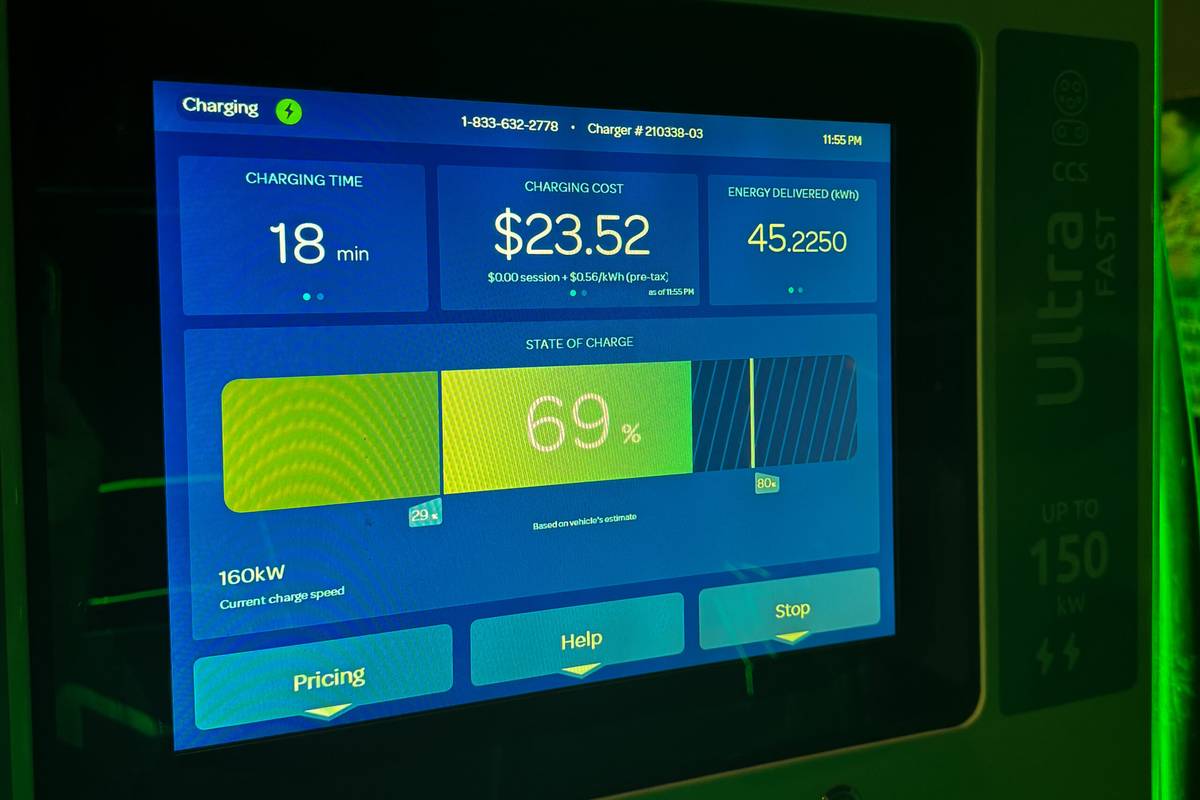
The EV9 Is an Exceptional Urban Hauler
Despite Sunday’s charging challenges, the 2024 Kia EV9 GT-Line proved a fantastic urban bachelor bus. The interior is chock-full of surprise-and-delight features that my friends couldn’t get enough of. Some highlights include the ambient lighting, second-row window shades, intriguing second-row pullout storage bin, heated and ventilated seats, embedded USB-C ports in the seatbacks and springy head restraints affectionately described as “something pulled from an office chair.”
Collectively, we likely added a half ton to the EV9. Most gas SUVs would feel every ounce of that on the move, but the instantly accessible 516 pounds-feet of torque made accelerating and merging from a dead stop a complete nonissue. Even handling was generally unaffected, likely thanks to a combination of a low center of gravity and excellent suspension tuning — the latter made more impressive by the fact that the suspension is neither an air-spring setup nor adaptive.
Without a full house, I found the three-row EV9 to be an excellent long hauler and inner-city runabout. I’ll refrain from undertaking a full review here since we already have one, but just about the only thing I didn’t like was its regenerative-braking setup. Even in the lowest setting, it was too aggressive to maintain a coasting speed down some serious grades, and I often puttered around town with the system either completely off or in one-pedal mode.
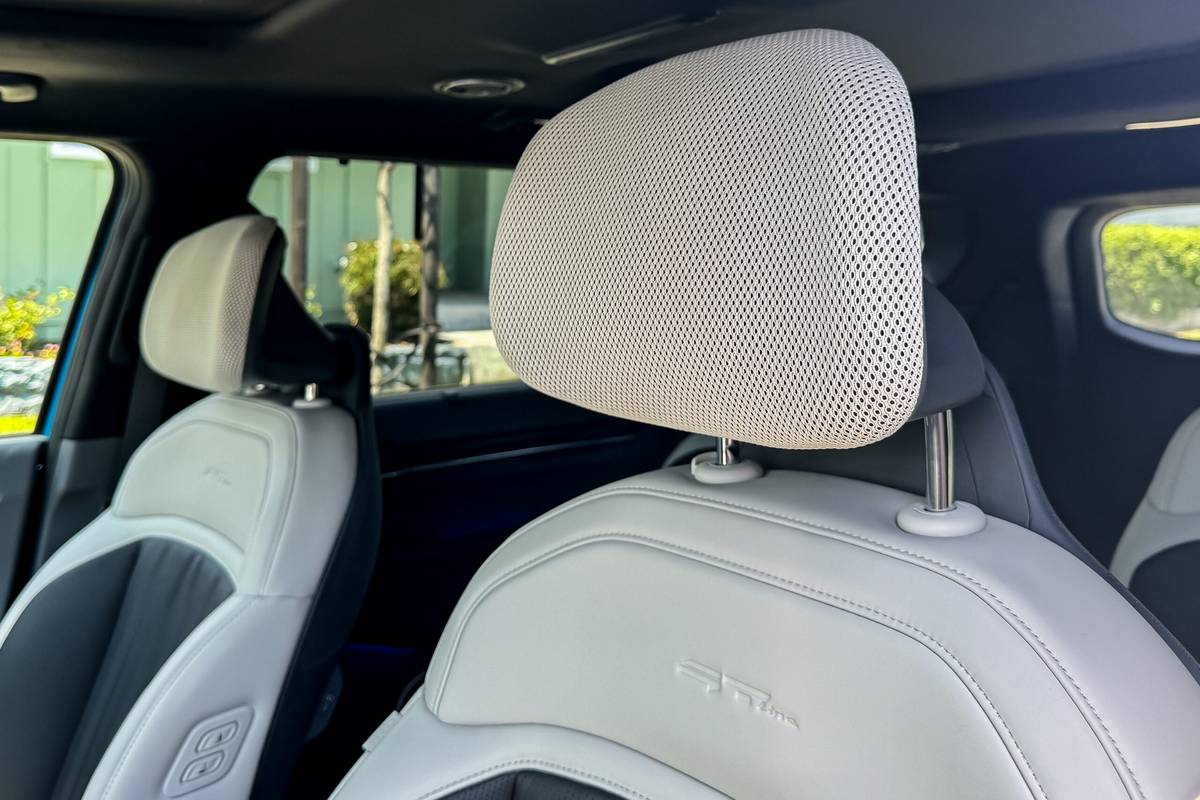
We’ve Got a Ways to Go
EVs have come a long, long, long way in just a few years. For many, the transition is seamless and couldn’t have come fast enough, but I think we’ve still got tremendous work ahead of us if we’re going to see meaningful conversion rates that aren’t simply mandated by legislation. But if future EVs are anything like the 2024 Kia EV9 GT-Line, we’ll be all right.
Related Video:
Cars.com’s Editorial department is your source for automotive news and reviews. In line with Cars.com’s long-standing ethics policy, editors and reviewers don’t accept gifts or free trips from automakers. The Editorial department is independent of Cars.com’s advertising, sales and sponsored content departments.

Conner Golden joined Cars.com in 2023 as an experienced writer and editor with almost a decade of content creation and management in the automotive and tech industries. He lives in the Los Angeles area.
Featured stories
